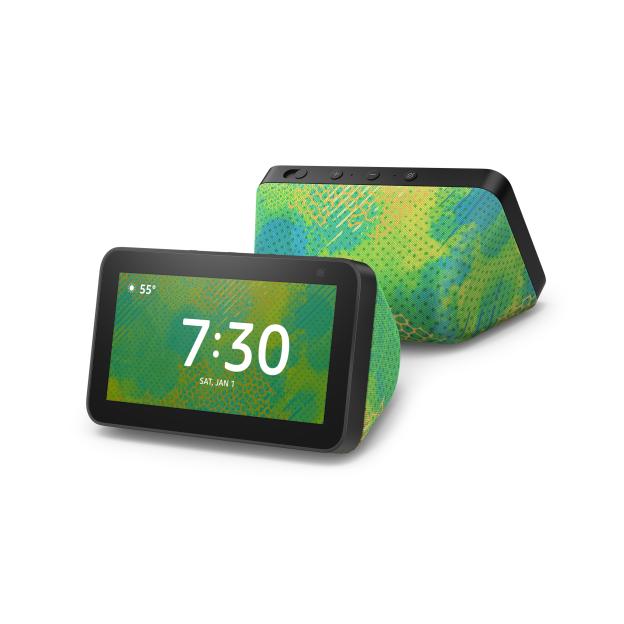Low code and no code tools abound these days, as the industry attempts to give non-technical end users the ability to create applications without code (or very little anyway). Salesforce has been a big proponent of this approach to help reduce the complexity of working on its platform, and today the CRM giant announced a new wrinkle: drag and drop interactive components.
These new components allow users to create more sophisticated kinds of interactions, says Ryan Ellis, SVP for product management and platform at Salesforce. “We're introducing this new feature called Dynamic Interactions and prior to their existence you had to have developers if you wanted to be able to build essentially truly interactive applications,” Ellis said.
What he means by this is if you have an application made up of multiple components such as a list of companies, a map and information about the company. You can click a company name and its location instantly appears on the map, and information about the company appears alongside it.
Salesforce will be providing about 150 such interactions like maps, lists, Einstein next best action and so forth. Developers can also create these for users as reusable building blocks that make sense to your organization or make them available in the AppExchange for others to use. Finally, you might have a systems integrator or consultant help build them for you.
As low-code startups continue to attract VC interest, what's driving customer demand?
“With dynamic interactions, we're really dramatically simplifying the process of building apps with components that communicate with each other, pass data back and forth and react to user actions. It's an entirely no code tool so that developers write the code once for their component, and then that component can be reused by people who don't have technical skills by dragging and dropping them onto the page, then configuring what should happen when a user takes an action,” Ellis explained.
Image Credits: Salesforce
He says that this is part of a larger trend of digital transformation happening across the industry, one that was accelerated by the pandemic, something we hear frequently from tech companies like Salesforce.
“There's really this big push to go digital faster than ever before, and this was happening for years as we were seeing businesses having to pivot much more rapidly as new business models were coming about. […] But then in this last year COVID really changed the game, and people just had to put on full gas in terms of actually being able to deliver those digital transformations in some instances overnight,” he said.
When you combine that with a shortage of developers, it makes sense that Salesforce and many other companies in the industry are developing these low-code tools that allow non-technical business users to build some applications themselves, while freeing developers to concentrate on more sophisticated organizational requirements.
Dynamic Interactions will be available starting today from Salesforce in beta. The product is expected be generally available around Dreamforce in the fall.
Salesforce has built a deep bench of executive talent via acquisition






